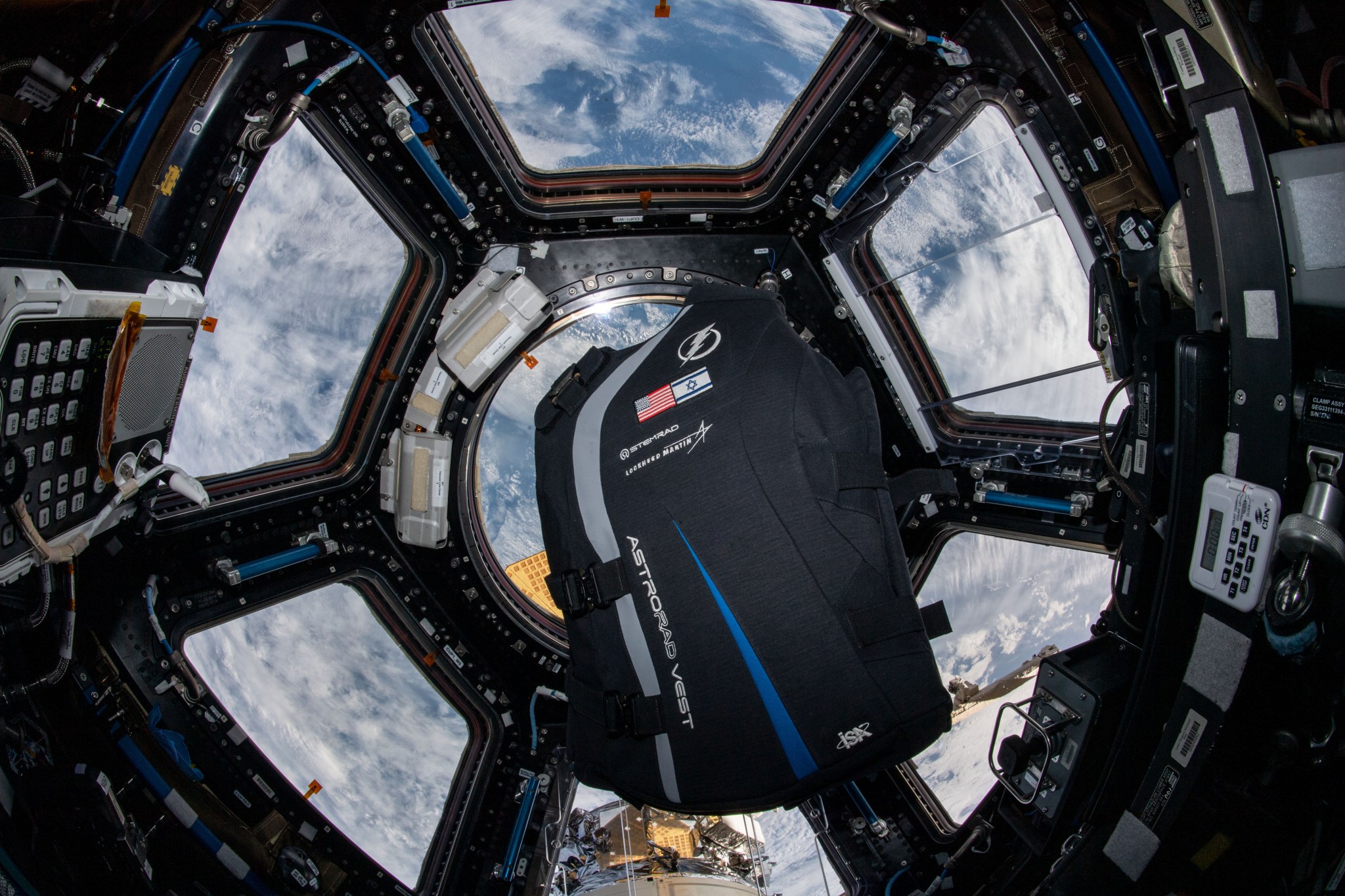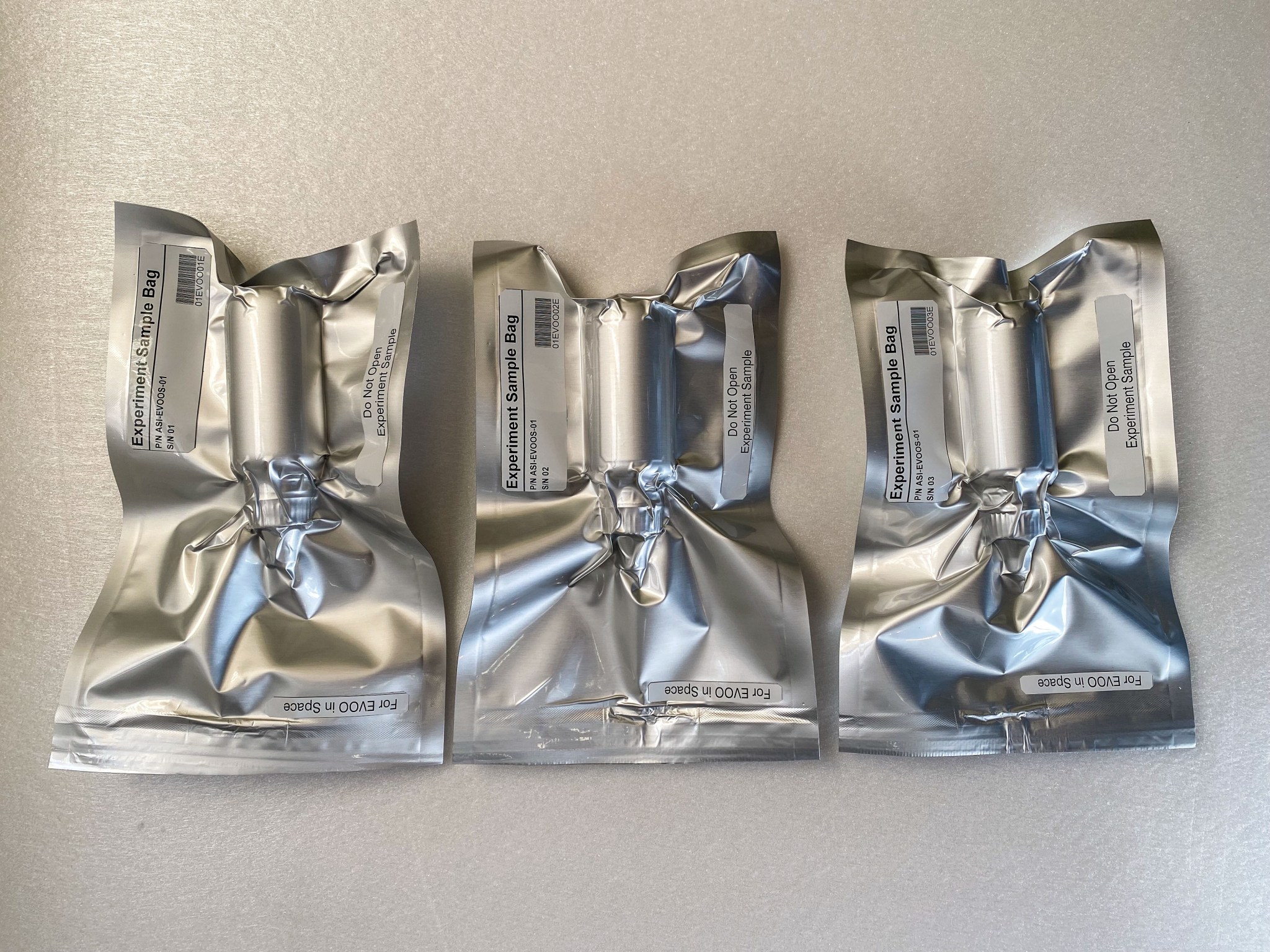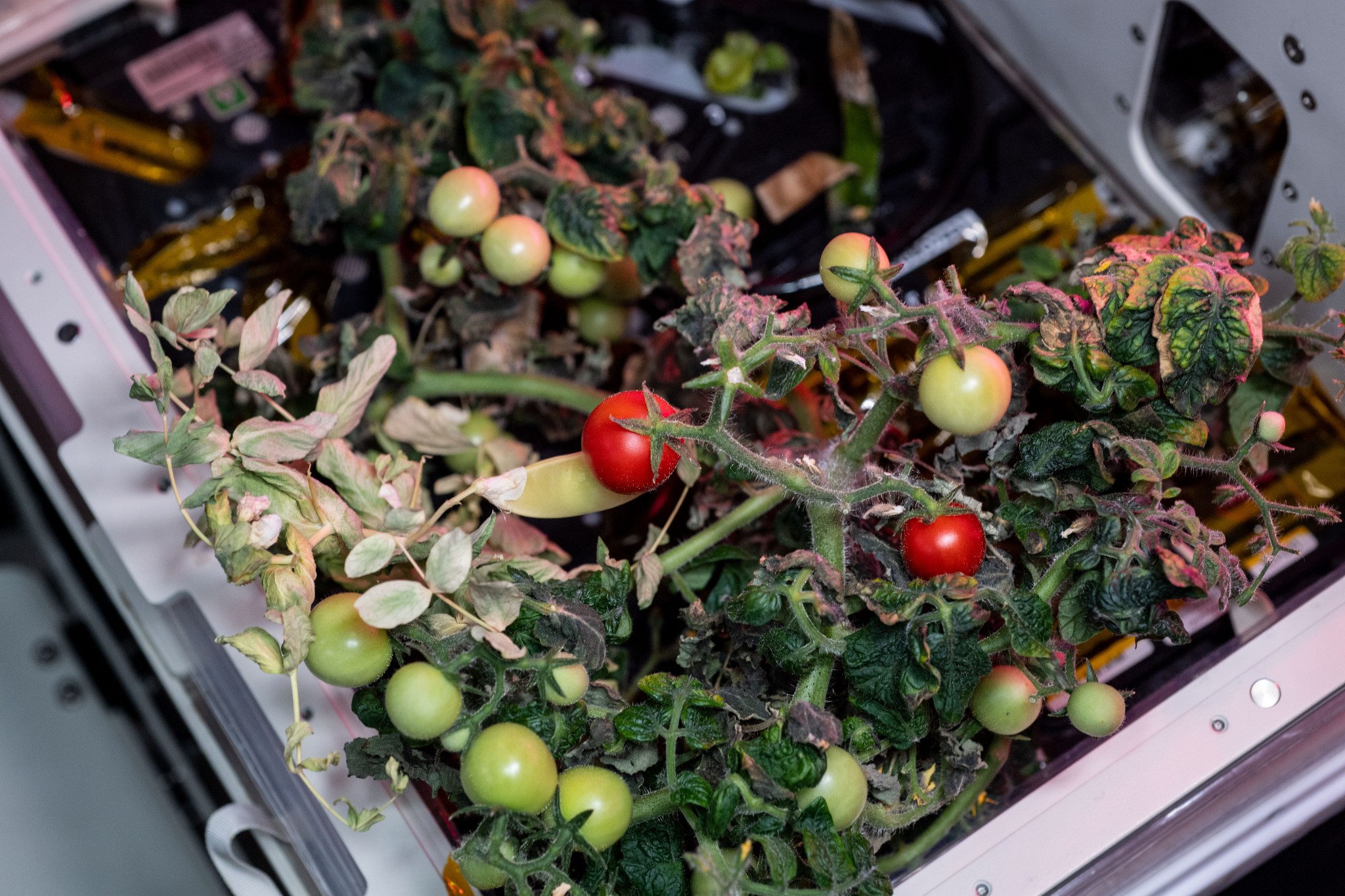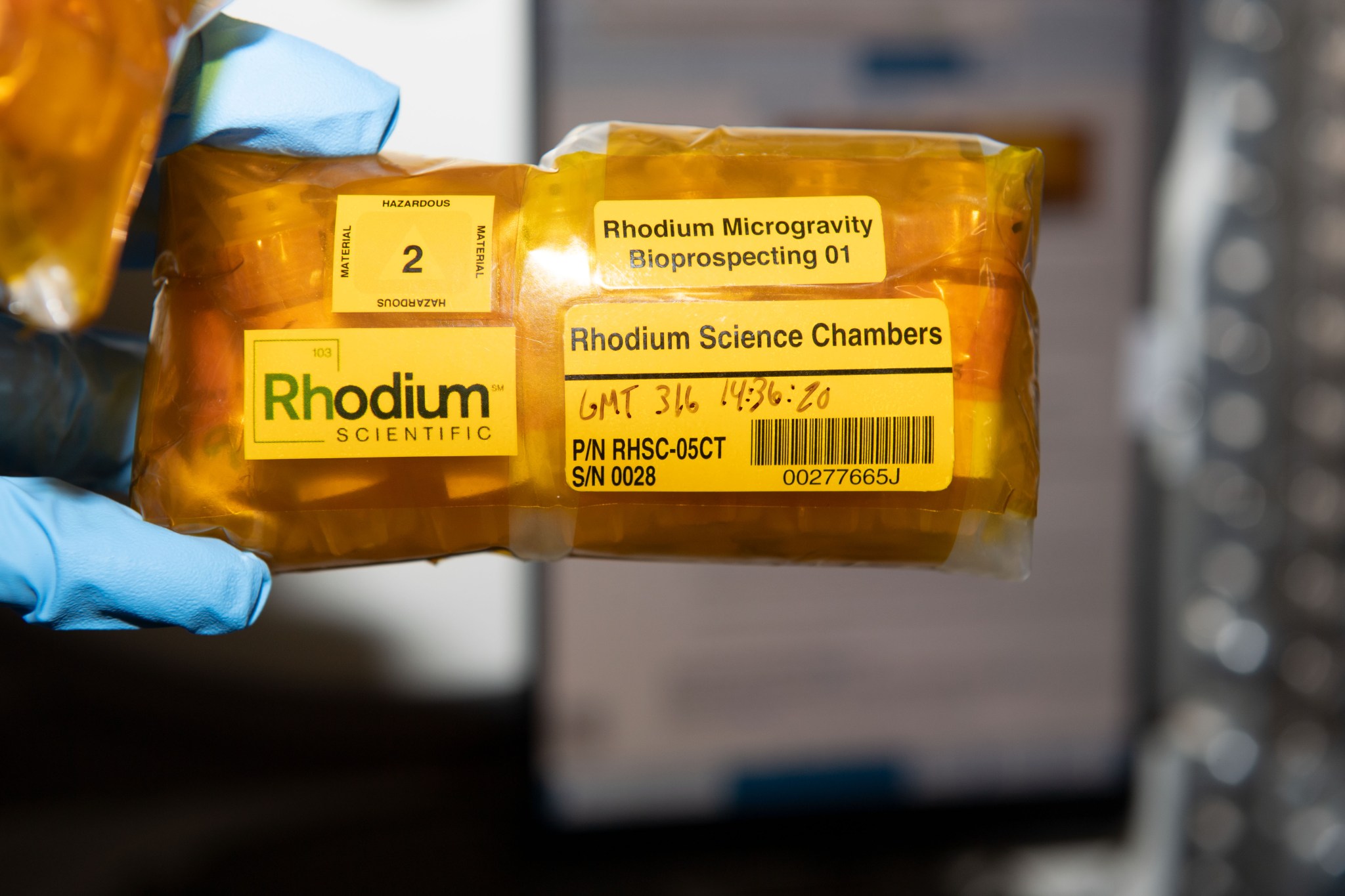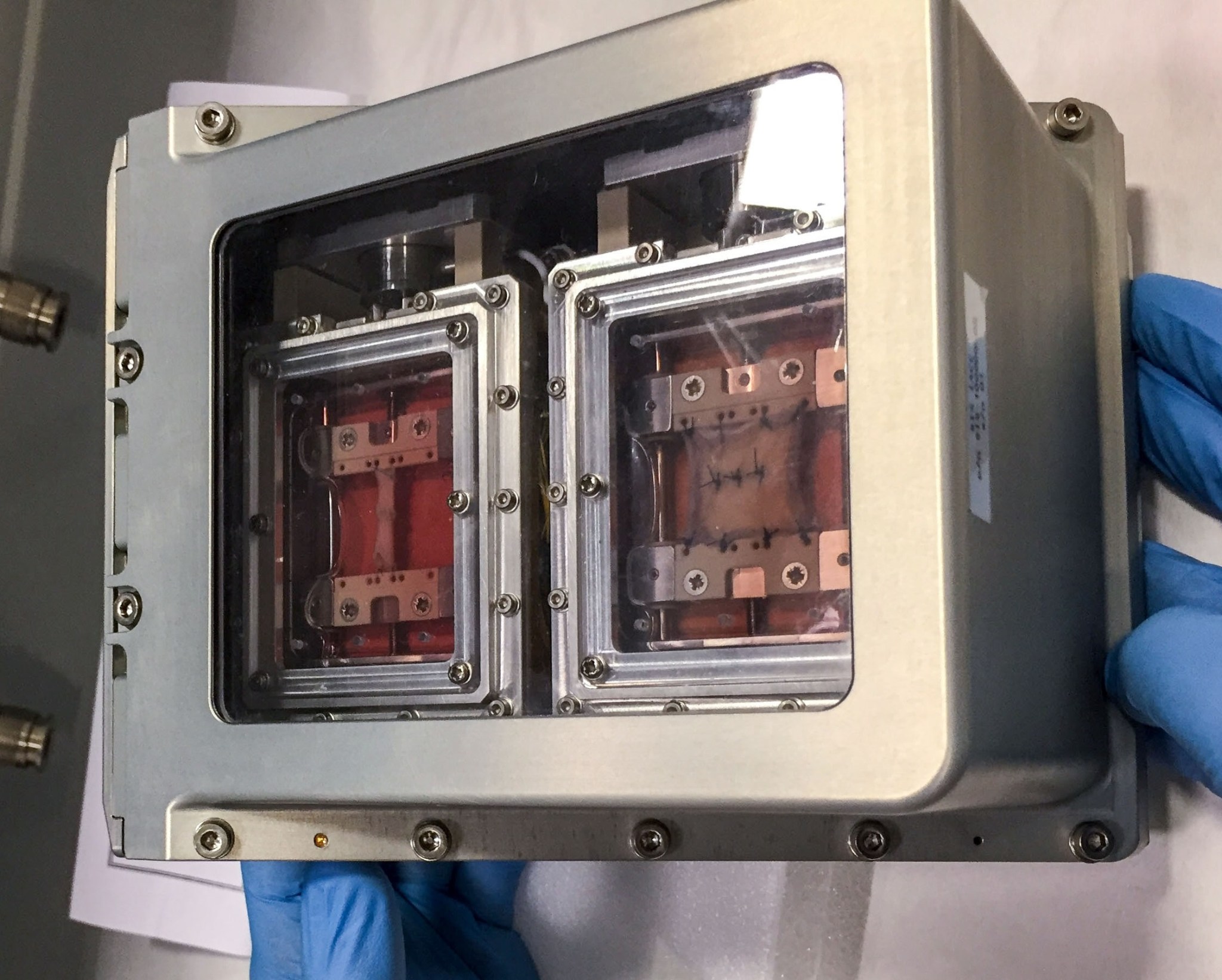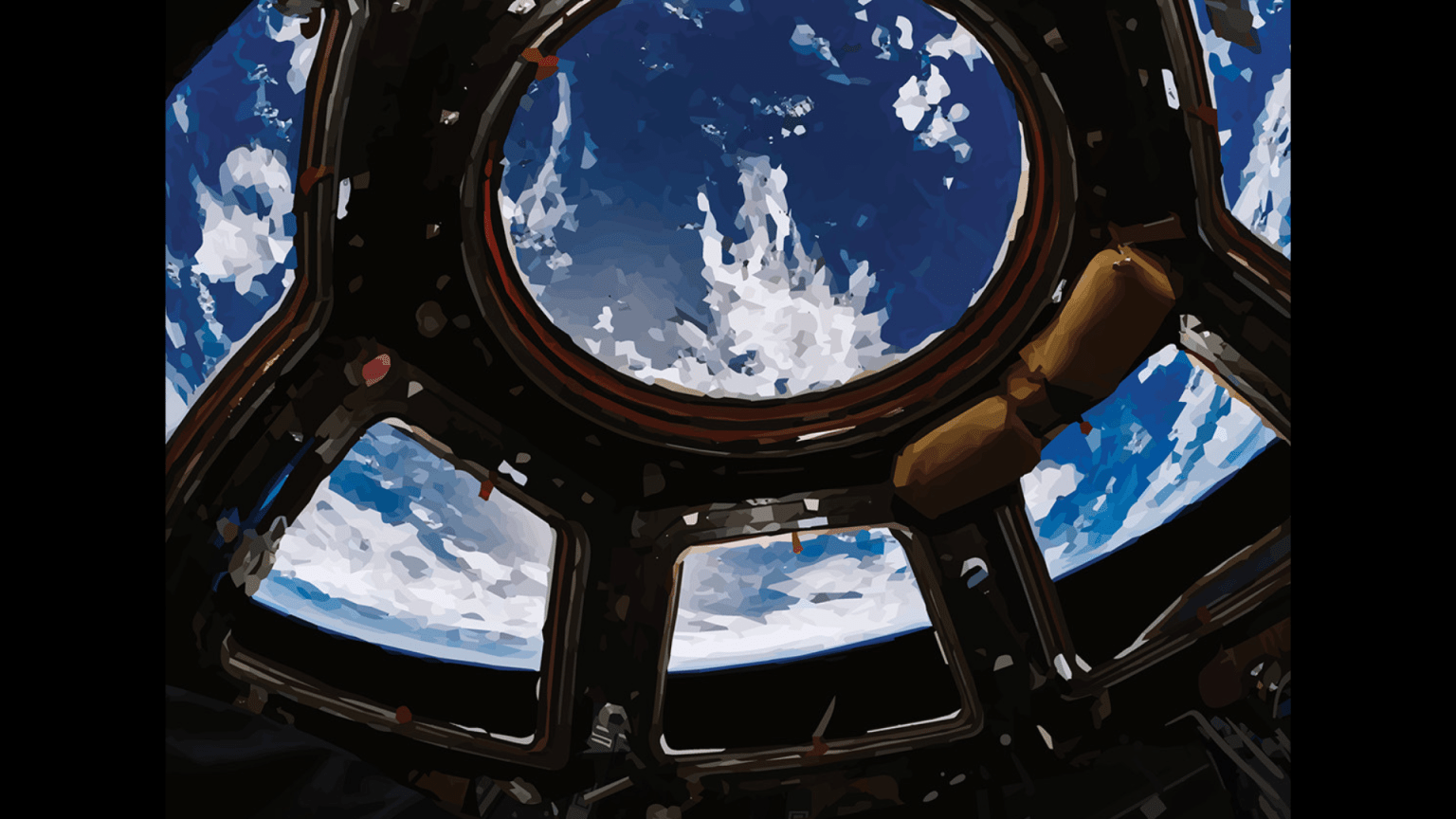A radiation protection vest, olive oil, and sutured tissues are among the scientific samples returning from the International Space Station on the 26th SpaceX commercial resupply services mission for NASA. The Dragon spacecraft, which arrived at the station Nov. 27, is scheduled to undock on January 9, with splashdown January 11 off the coast of Florida.
The cargo returns to NASA’s Kennedy Space Center in Florida, where scientists can make additional observations and analyses of their experiments before the effects of gravity fully kick back in. Many also conduct more in-depth analysis later in their home labs.
Read more about some of the equipment and samples making the journey back to Earth:
This vest is the best
A special vest designed to protect astronauts from high doses of radiation caused by unpredictable solar particle events (SPEs) is returning to Earth after months of testing in space. Crew members wore the Astrorad vest while performing daily tasks and provided feedback about how easy it is to put on, how it fits and feels, and the range of motion possible while wearing it. The vest’s developers plan to analyze that feedback and improve design of the garment, which could provide personal radiation protection for astronauts on the Artemis missions and future travel to Mars. Radiation exposure can cause cancers and other short- and long-term adverse health effects, and using a shielding garment allows protection of specific sensitive organs and tissues. The investigation also could support improvements to radiation protection garments on Earth.
A tasty test
EVOO in Space, an investigation from ESA (European Space Agency) and the Italian Space Agency (ASI), studies the effects of exposure to the space environment on extra virgin olive oil. Researchers examined the characteristics of veiled and filtered extra virgin olive oils before flight. Space-flown samples are returning to Earth for additional analysis of those properties and comparison with controls kept on the ground. Olive oil is rich in antioxidants and anti-inflammatory compounds, and provided the oil retains its properties when stored in a spacecraft, could be beneficial for the health of astronauts on long-term space missions. This investigation also could improve the understanding of olive oil shelf life and support development of oils with improved features for extreme environments on Earth.
Air, water, plants
XROOTS uses hydroponic (water-based) and aeroponic (air-based) techniques to grow plants without soil or other growth media. Researchers collected video and still images to evaluate growth chambers through the plant life cycle from seed germination through maturity. The plant chambers are returning to Earth for additional analysis. Current space-based plant systems, which are small and use particulate media to deliver water and nutrients, do not scale well in space and can have containment, maintenance, and sanitation issues. These new techniques could provide a way to produce crops on a larger scale for future space missions. The investigation’s system components also could enhance plant cultivation and improve food security for people on Earth.
Better bioprospecting
Bioprospecting is the process of identifying plants and animals that may contain substances with potential for use as drugs, biochemicals, and other commercially valuable materials. Previous studies found that the unique stressors of space can cause genetic and physiological changes that could result in microbes yielding such materials. Rhodium Microgravity Bioprospecting-1 studies a way to search for these microbes. Results could expedite the discovery of substances in plants and animals that could have a variety of uses on Earth, including in medicine and industry. The science chambers and temperature logger from the investigation are returning to Earth for further examination.
Space stitches
As missions travel farther from Earth, crew members need to be prepared to deal with medical emergencies, including wounds, without direct medical support. Wound healing is a complex process, and scientists are not sure why wounds often heal imperfectly or create scars. Suture in Space, an ESA investigation, examined the behavior of sutures and wound healing in microgravity, including the role of mechanical stress. Crew members monitored tissue samples with sutured wounds and measured their tensile strength. The samples were placed into cold stowage for return to Earth, where researchers can more closely examine suture structure, blood vessel function in the sutured tissues, stiffness and strength of the tissue, and other characteristics. A technique for keeping tissue biopsies alive longer, developed for the investigation, could aid future studies on transplants, cell regeneration, and surgical techniques on Earth and in space.
Live coverage of the departure begins at 4:45 pm ET on Jan. 9, 2023 on NASA Television, the agency’s website, and the NASA app. Find updates on undocking, splashdown, and subsequent events on the space station blog.
Melissa Gaskill
International Space Station Program Research Office
Johnson Space Center



























